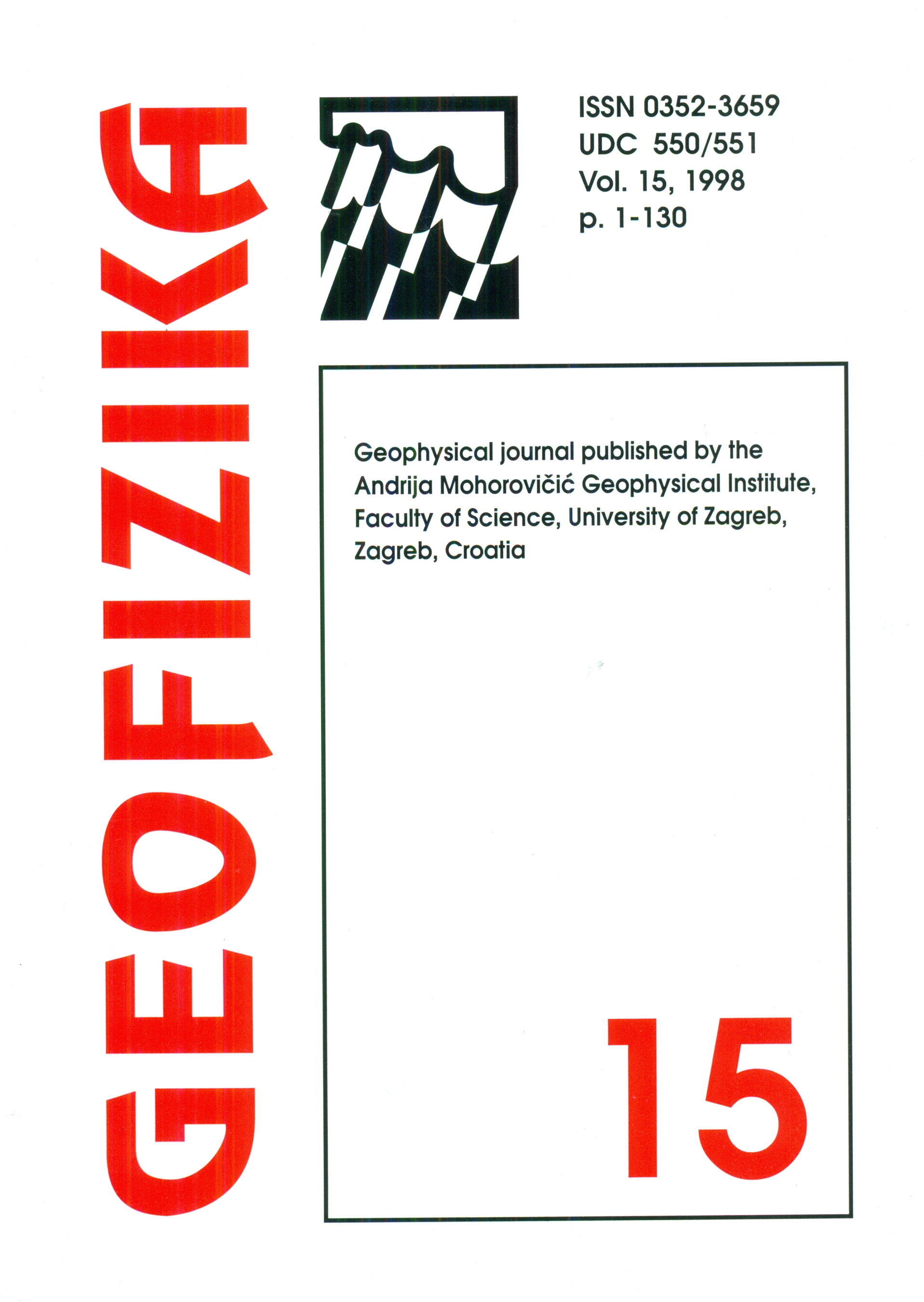Refinement of the vertical diffusion scheme in ARPEGE/ALADIN model
Keywords:
NWP model, ARPEGE/ALADIN model, shallow-convection, Richardson number, fibrillation, anti-fibrillation schemeAbstract
In atmospheric numerical weather prediction (NWP) models, the use of long time-steps as allowed by efficient numerical/dynamical schemes can lead to spurious oscillations due to the parameterized physical part. Typical examples of this are the oscillations associated with simplified parameterization schemes for vertical diffusion or shallow-convection, such as usually used for NWP. The oscillations generated by K-type vertical-diffusion schemes are well documented, and being called fibrillations; they are characterized by high temporal and vertical frequencies. Since they are linked to high vertical resolution, these spurious oscillations are generally found in the low-levels of model's domain. In ARPEGE, the MÉTÉO-FRANCE NWP global model, and in ALADIN, its limited-area model (LAM) version developed in cooperation with Eastern European countries, and also used for operational NWP purpose, some oscillations still remained in the evolution of the forecast fields, despite the fact that a first anti-fibrillation scheme (AFS) had been included. This study was made to examine the possible sources of these oscillations, through the 1-D (vertical) version of these models. First, the parameterization of shallow-convection (which is in fact part of the vertical diffusion scheme) was found to be an important source of oscillations, and some solutions for eliminating this problem are proposed. Second, the original AFS is shown not to completely prevent the generation of fibrillations, and a more efficient formulation is derived. All AFSs basically consist in a temporal first-order decentering of the diffusion equation, keeping an explicit form for the exchange coefficient itself. The AFS correction thus always improves the stability at the expense of the accuracy in some way. In the new AFS proposed here, the number of grid-points which need a correction is lessen from almost 90% to some 5%, resulting in a more accurate scheme. Unlike AFSs proposed in the literature, the correction has now to be applied not only for grid points of atmospheric stable conditions (i.e. Richardson number, Ri > 0) but also for atmospheric slightly unstable conditions (Ri < 0).
Downloads
Published
Issue
Section
License
Copyright (c) 2021 Geofizika journal

This work is licensed under a Creative Commons Attribution-NonCommercial 4.0 International License.

